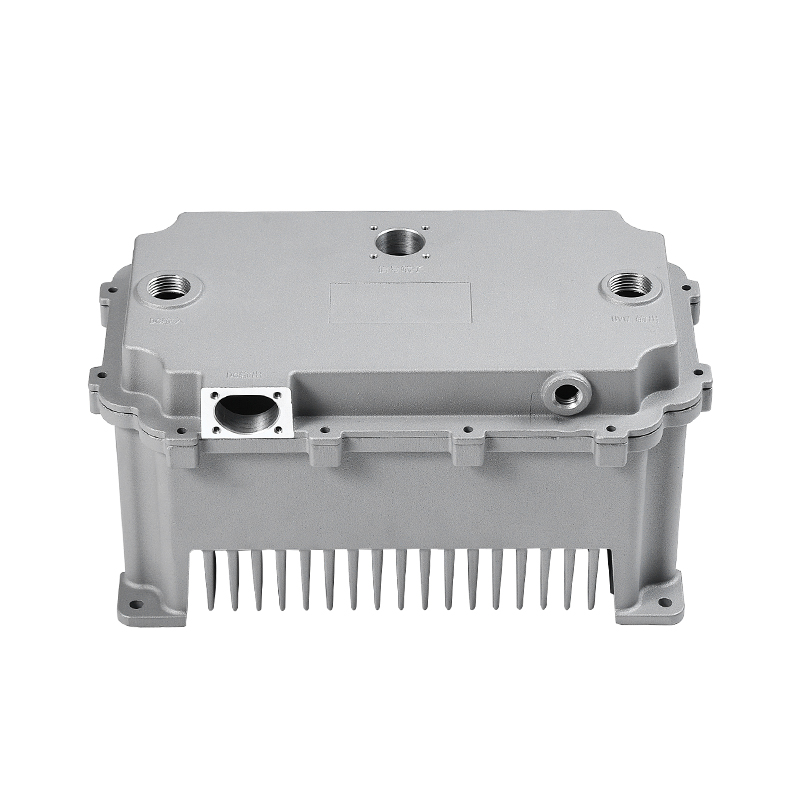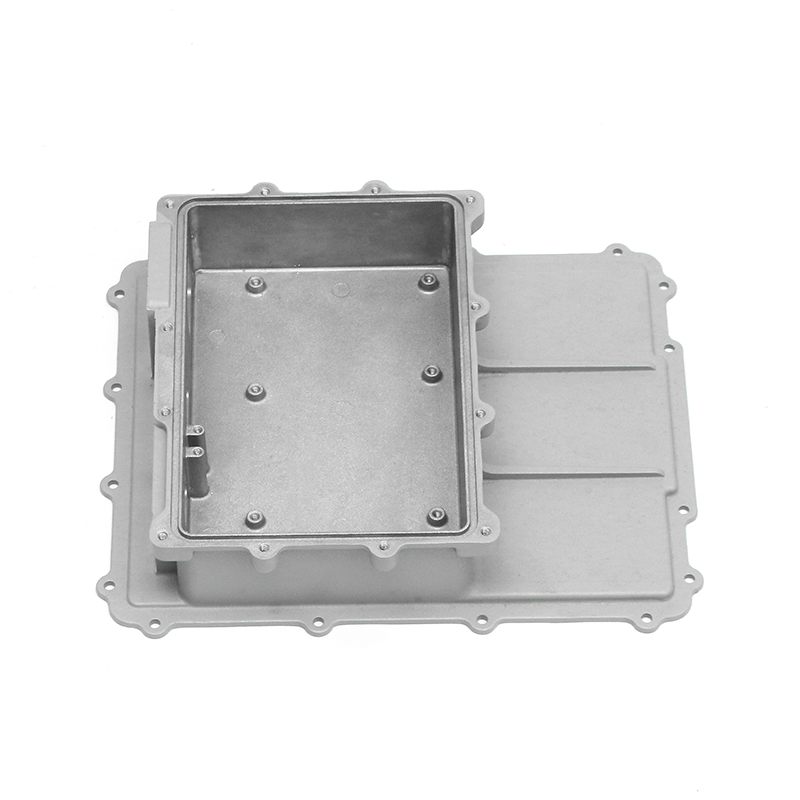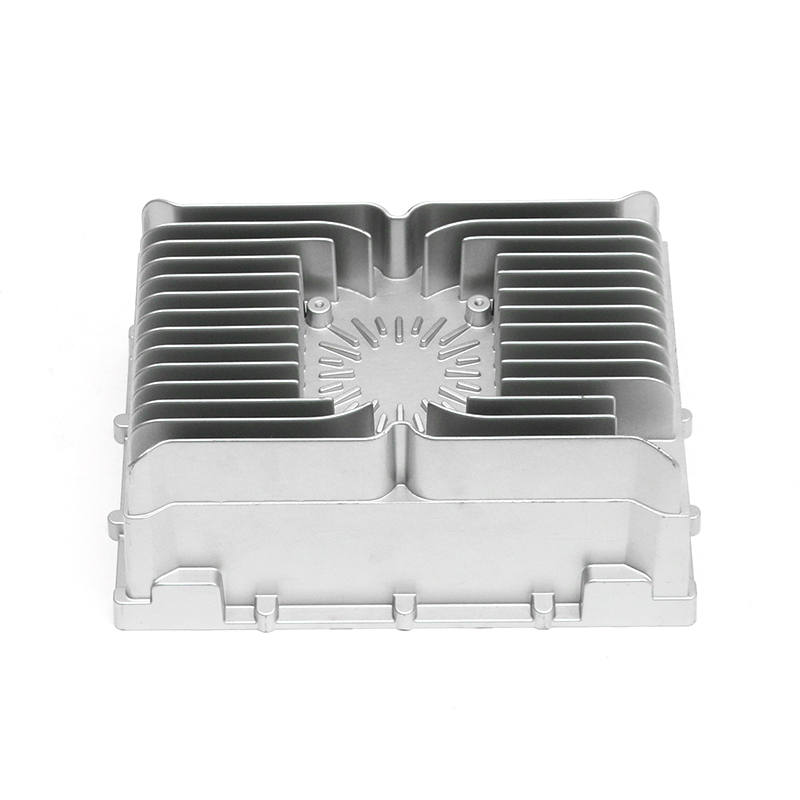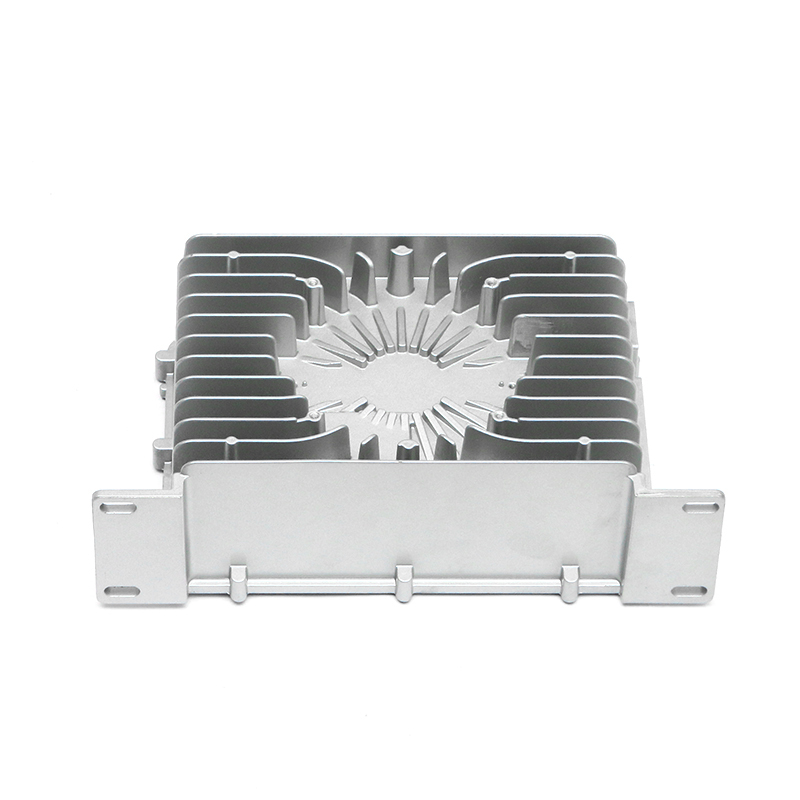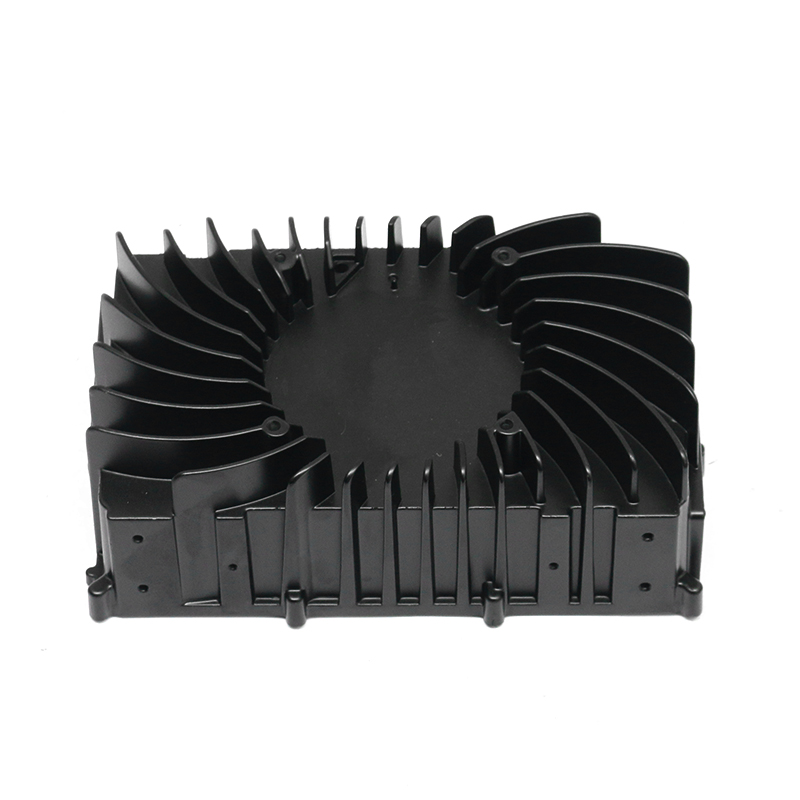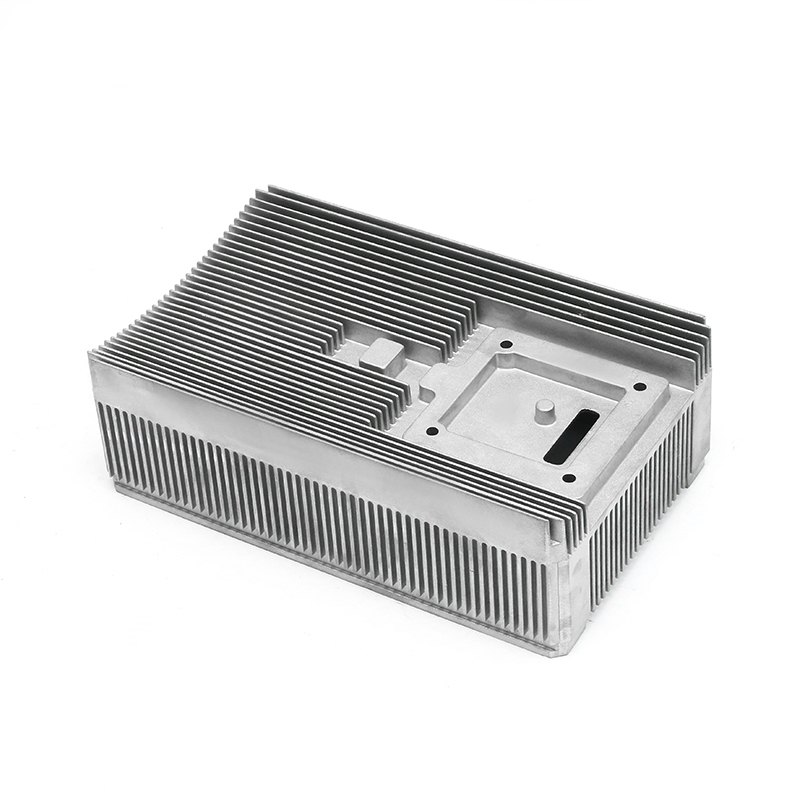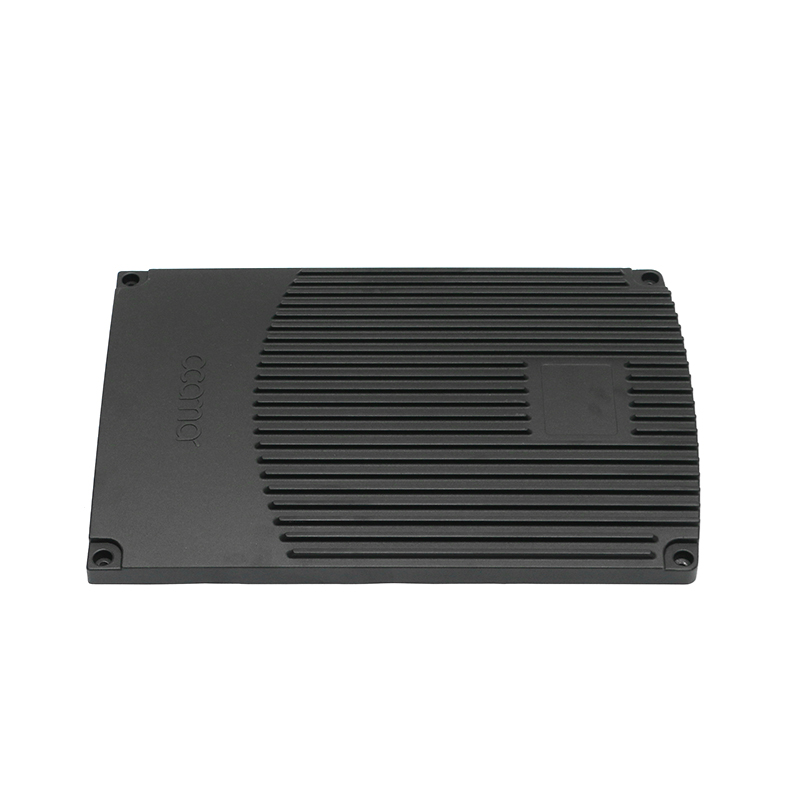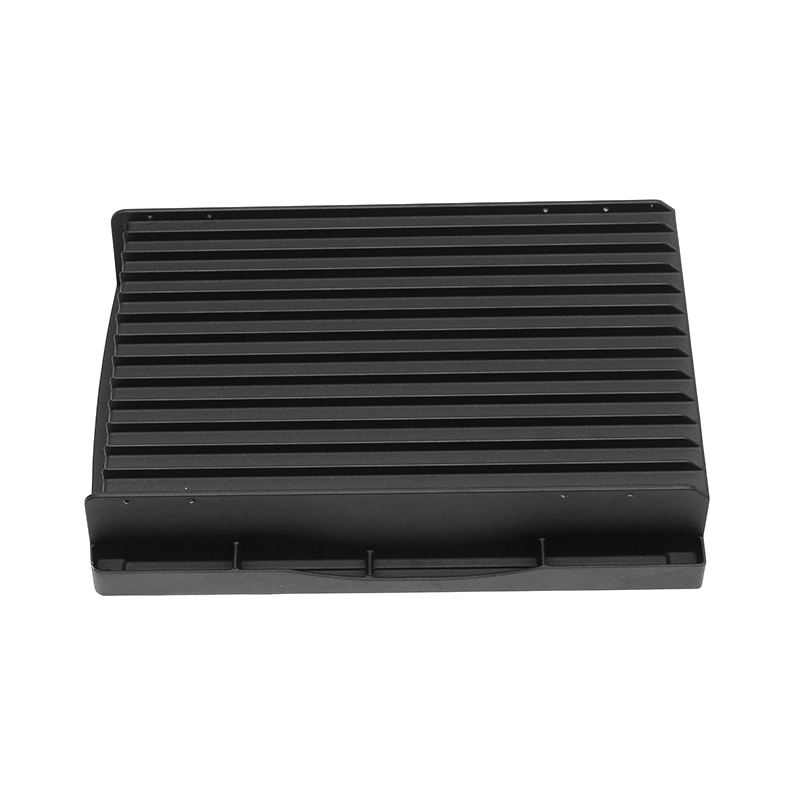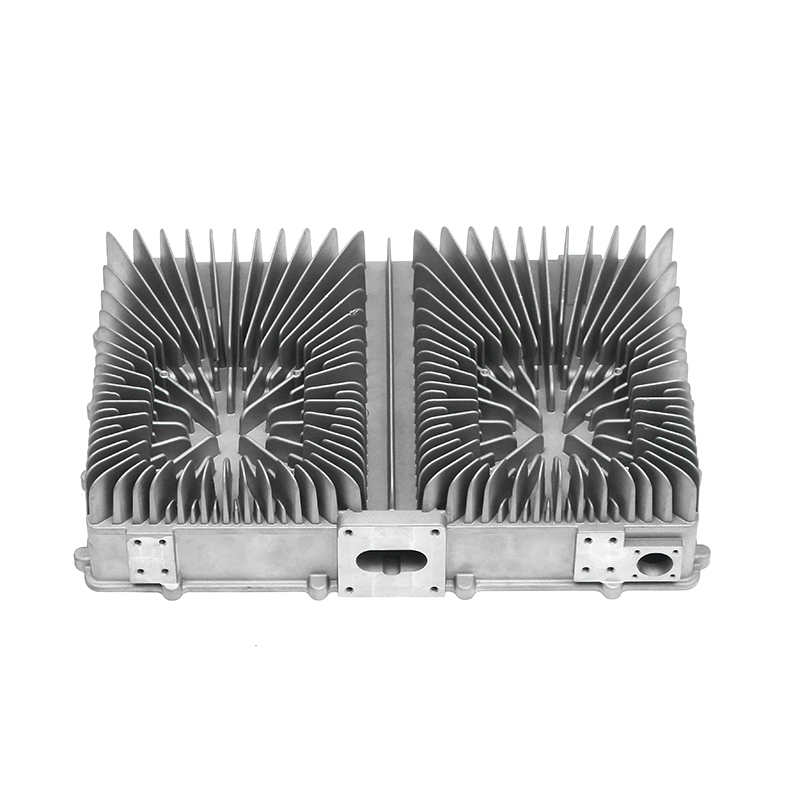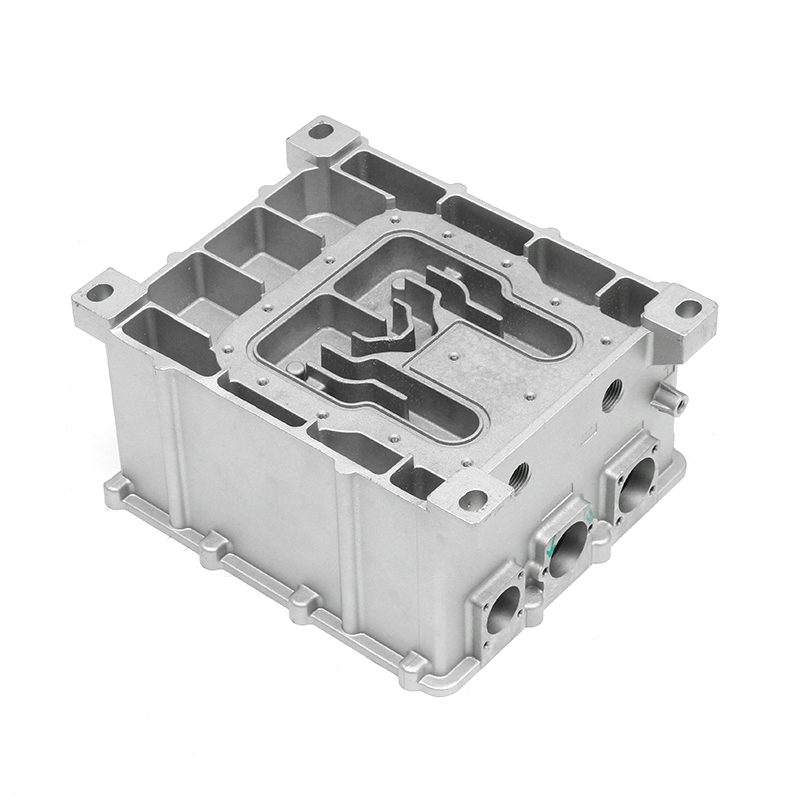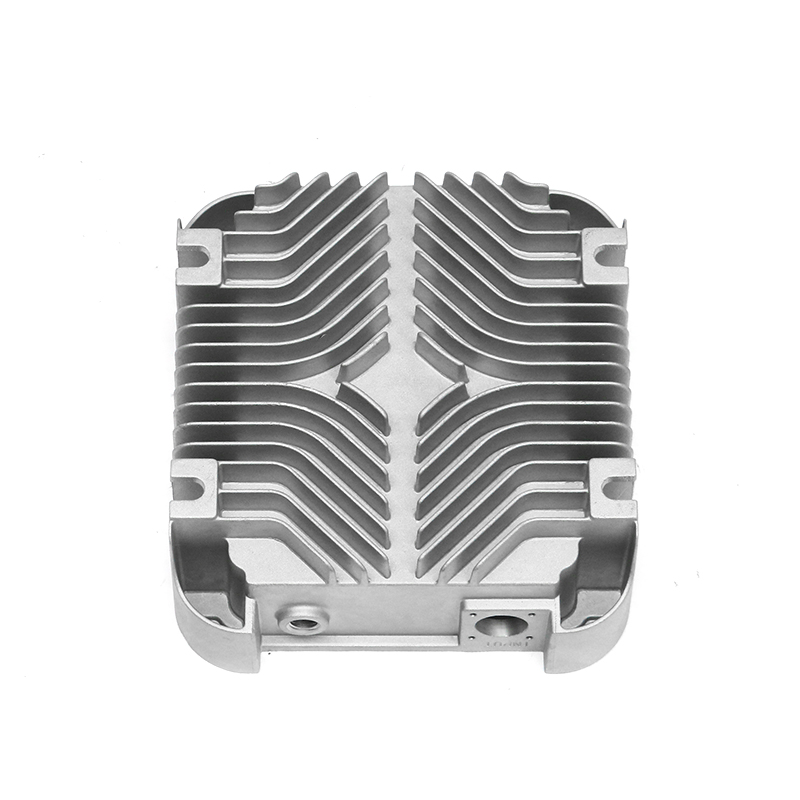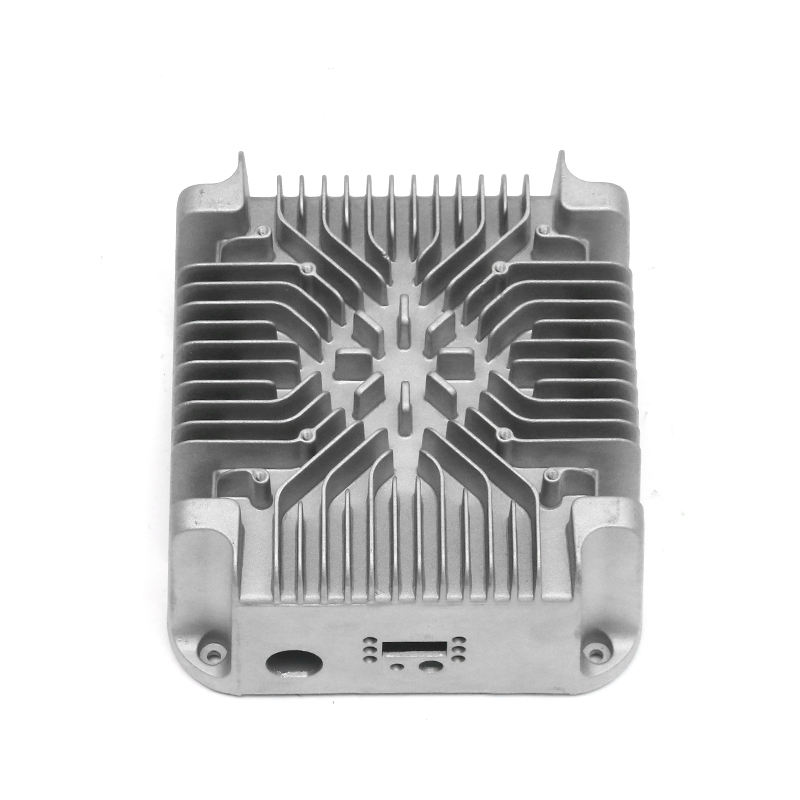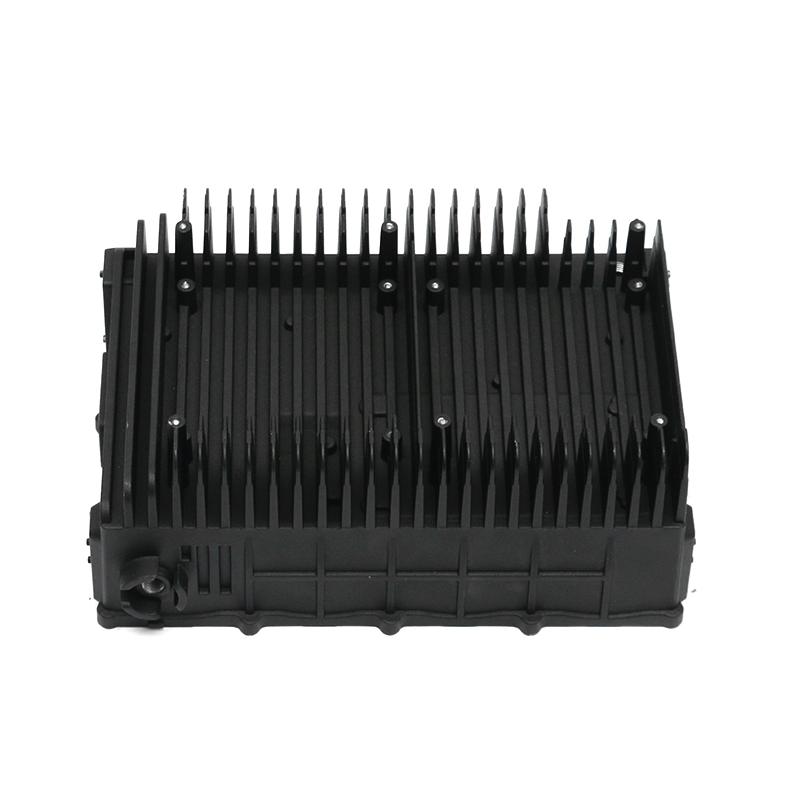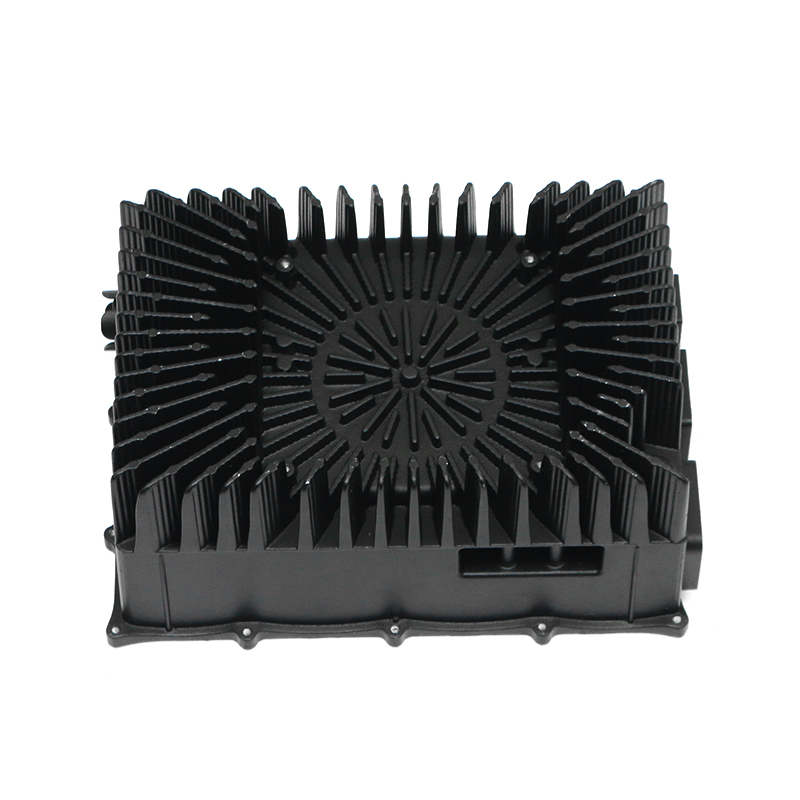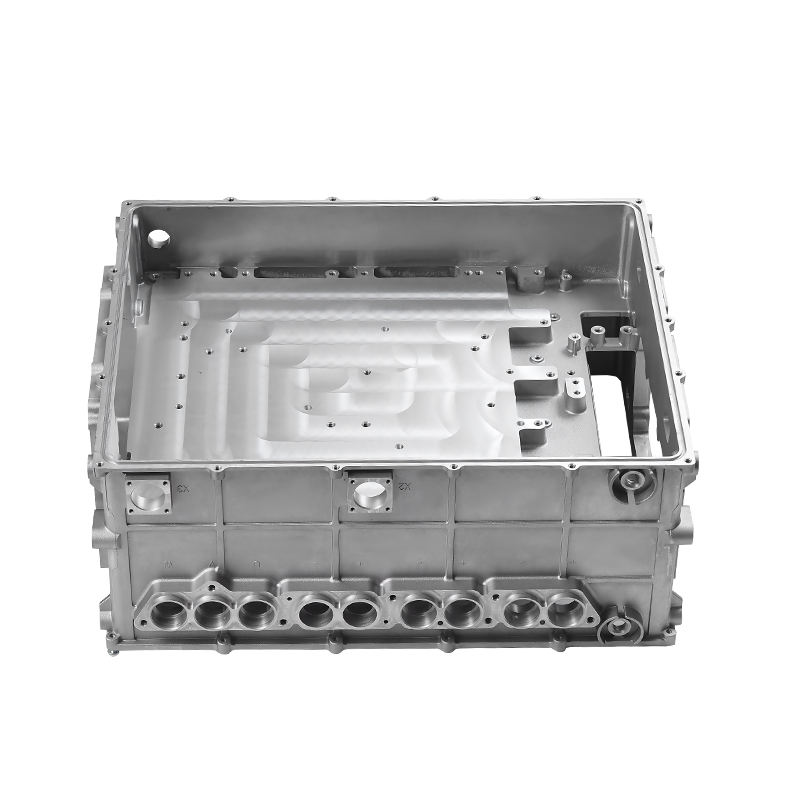Precision trimming can have a significant impact on the overall cost per part in die casting production. While the trimming process is essential for ensuring high-quality, accurate parts, it also introduces several cost factors.
Initial Tooling Investment: Precision trimming requires specialized tooling (e.g., trimming dies, cutters, punches), which can involve substantial upfront costs. The complexity of the tooling needed for intricate trims or tight tolerances increases these costs.Tool Wear and Maintenance: The trimming tools experience wear over time, especially when dealing with harder materials. This wear leads to periodic tool replacements or re-sharpening, adding to ongoing maintenance and operational costs.
Increased Cycle Time: Precision trimming can extend the cycle time per part. The more intricate the trim or the tighter the tolerance requirements, the longer the process may take. Longer cycle times result in higher labor and machine time costs.Labor Costs: Depending on the level of automation, precision trimming can require skilled operators to monitor the trimming process or handle manual trimming. If done manually, labor costs can be significantly higher. Automated trimming, while reducing labor costs, involves an initial investment in machinery and setup.
Material Wastage: Trimming often involves cutting away excess material, which could lead to scrap. The more precision required, the higher the chances of material wastage, especially if parts are oversized and need significant trimming to meet the required dimensions.Optimization of Material Use: On the other hand, precision trimming can be used to reduce scrap in the overall casting process by ensuring that only the necessary material is cast, reducing the need for excessive trimming and minimizing waste. Optimized material use can lower the cost per part.
Energy Costs: Trimming processes, particularly those that involve cutting or grinding, can be energy-intensive. The longer the trimming cycle or the higher the precision required, the more energy is consumed. This increased energy usage directly contributes to higher operational costs.
Inspection and Tolerances: To ensure precision trimming meets specifications, additional quality control measures such as inspections or tests are necessary. The more precise the trimming, the more effort and time are required for measuring and inspecting the parts, which adds to the overall cost.Defect Handling: If precision trimming does not meet the required standards, parts may need to be reworked or scrapped, increasing the cost per part. Continuous monitoring and adjustments during the process can reduce these occurrences but may also add to operational costs.
Additional Finishing Operations: After precision trimming, parts may require additional finishing operations (e.g., deburring, polishing, coating). These secondary processes add to the overall cost of production. Parts requiring less post-trimming finishing will result in lower costs.Surface Quality: Precision trimming helps improve surface quality, which can reduce the need for extensive finishing. However, achieving a high-quality surface directly through trimming may also require more advanced equipment or tooling, which could be more costly.
Automation Investment: Precision trimming can be automated using CNC machines or robotic systems, which improves speed and consistency but requires significant upfront investment. The return on investment (ROI) from automation will depend on production volume. For high-volume runs, automation can reduce cost per part by improving efficiency and reducing human labor.
Manual Trimming Costs: Manual trimming may be necessary for very complex parts or low-volume runs, but it is labor-intensive and can increase the cost per part due to the need for skilled workers and slower cycle times.
Higher Production Volumes: With higher production volumes, the cost of precision trimming per part can be reduced through economies of scale. This is because the setup costs (e.g., tooling, machine time) are spread across a larger number of parts.Low-Volume Runs: For low-volume production, the cost per part for precision trimming tends to be higher due to the relatively high setup and tooling costs compared to the number of parts produced.
Recommended Products
Products provided by famous enterprises are deeply trusted by users.
